In the morning I ask the host, Magnús, about Hvalá plant.
He supports the damming and the power plant. All
locals are supposed to support it. The situation with electricity in the area
is not good. In addition the road is closed for three months in the winter and
people go shopping for groceries with a snowmobile over the mountain. The hotel
may be open but tourists cannot get here unless they ski. Building of a decent
road has been postponed for the last 20 years. There are regular electricity
cuts in Ísafjörður and during these times factories use
diesel generators. The power plant would solve all these problems as by magic.
Understandable, like this the traces in nature would not be a consequence of
human greed but sustainable energy use that would make people‘s live in the
area easier. As an alternative they could all move to Reykjavik. The doubters
on the other hand claim that since the owners of the future plant are in a big
extent foreign companies which are connected to the silicon factory so big
industries would use the energy and not the local people. Tourism is the
biggest economic sector in Iceland and sells itself mainly with untouched
nature. Magnús again claims that for last two years no-one
has stayed in the hotel because of Hvalá. Now there’s me. The others have been
camping in the wilderness.
The rain is so thick that the horizon is missing.
River is road is river. In the cloud shimmer dozens of bright white waterfalls.
Radio says that somewhere some streams have developed into rivers and flashed a
couple of tourists away who had to be saved with a helicopter. This really isn’t
a comfortable weather for hiking and camping.
I stop in Hólmavík in order to eat and visit the witch museum.
They burned witches mainly in the Westfjords during the second half of 17th
century and witches were for the most part men.
My rain shelter is Akranes, the cheapest accommodation
I could find that is relatively close to the destination of my next vaguely
planned adventure, Húsafell.
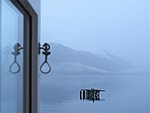
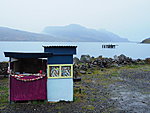
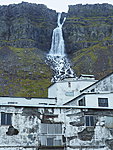


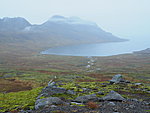
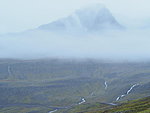
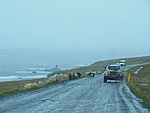

Add a comment